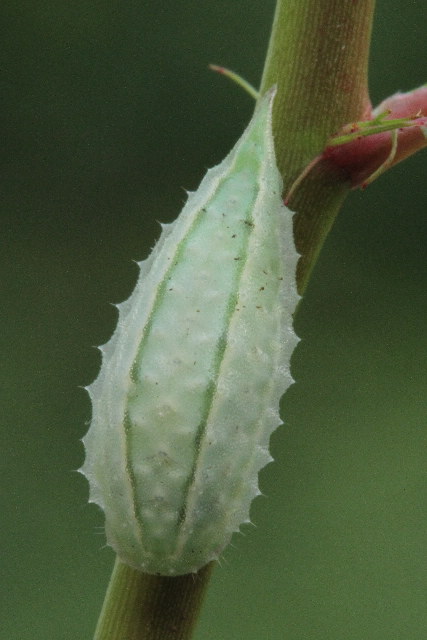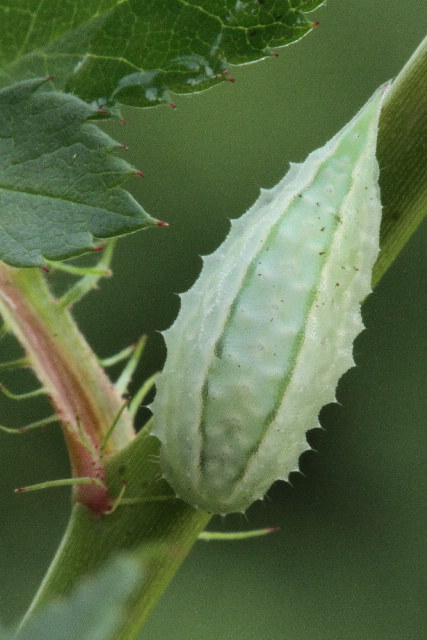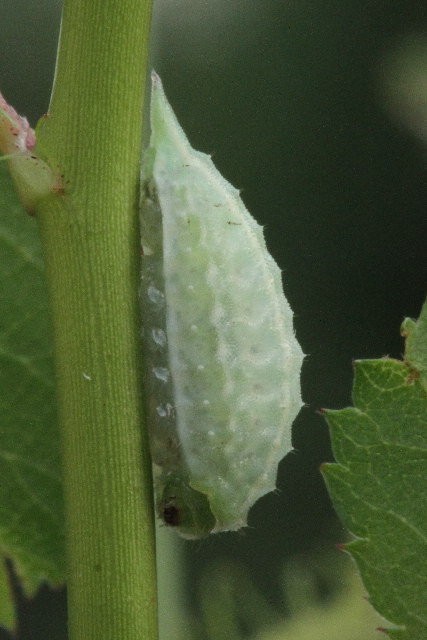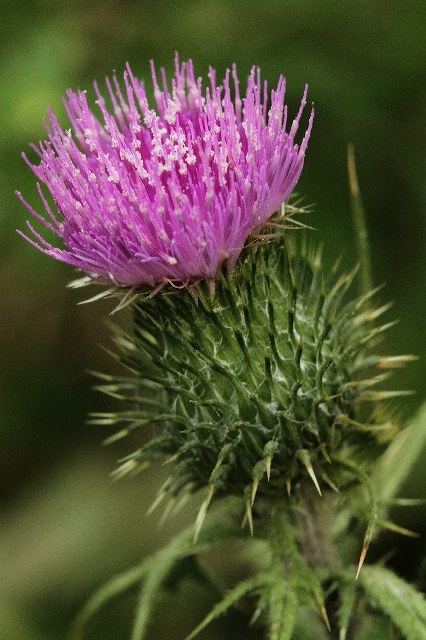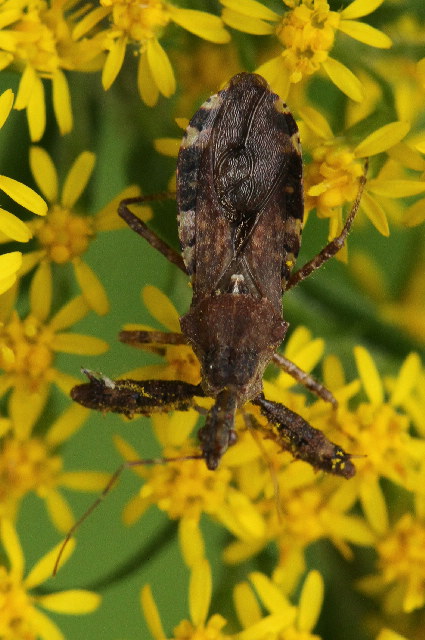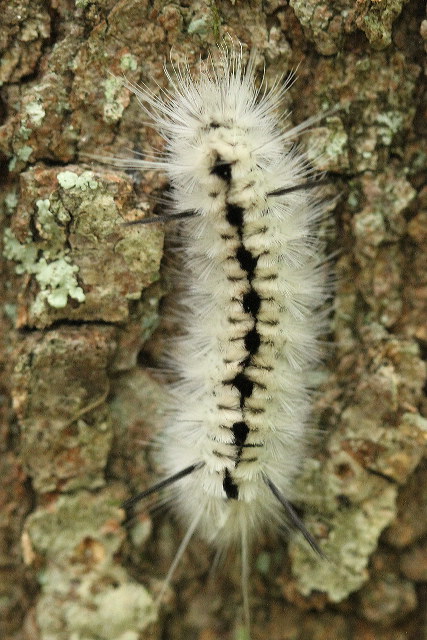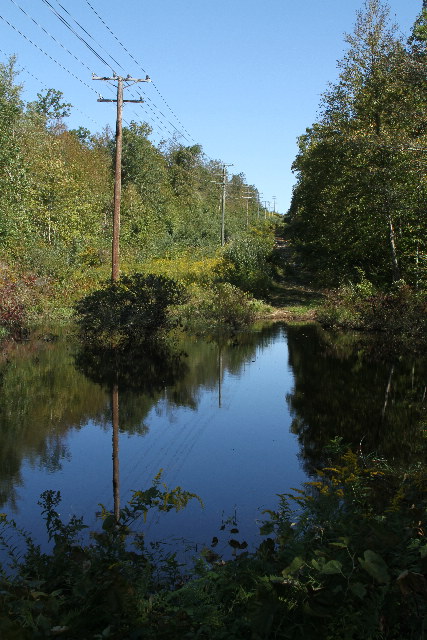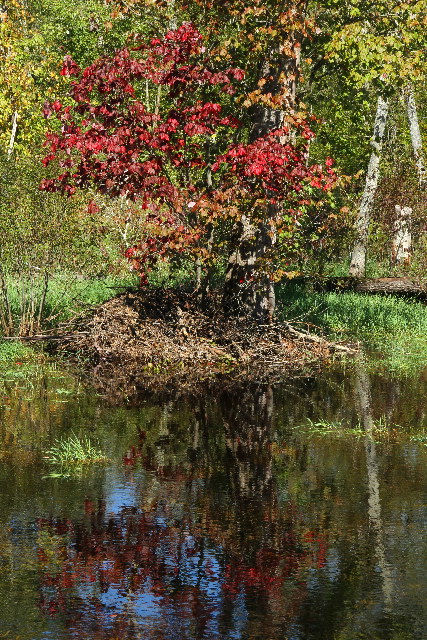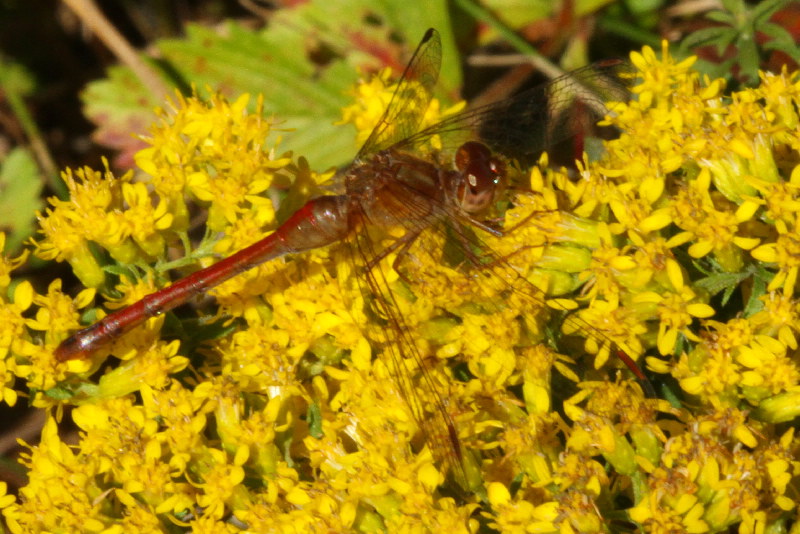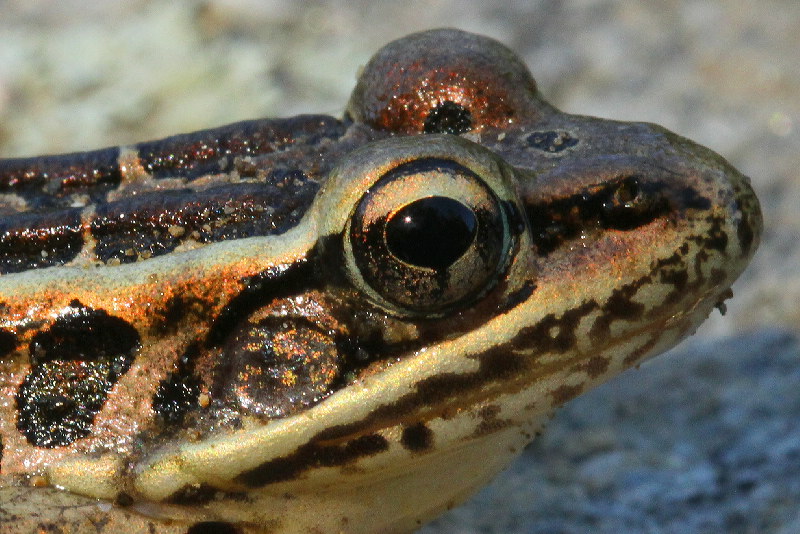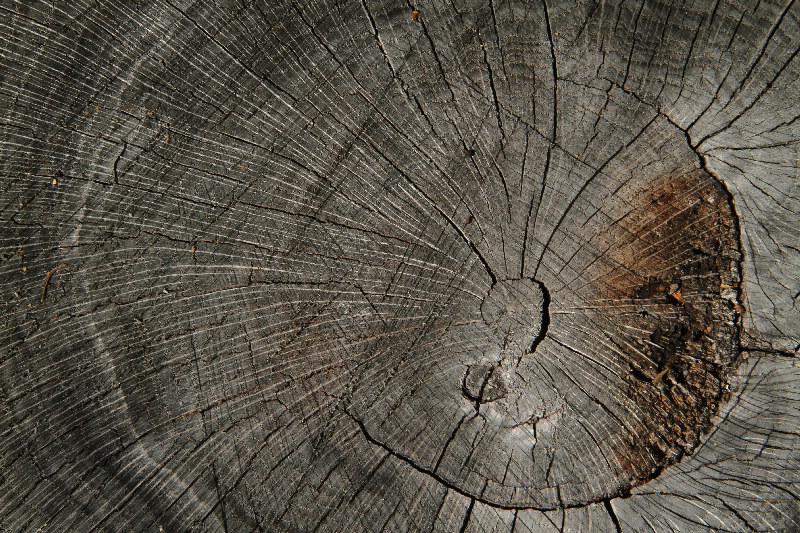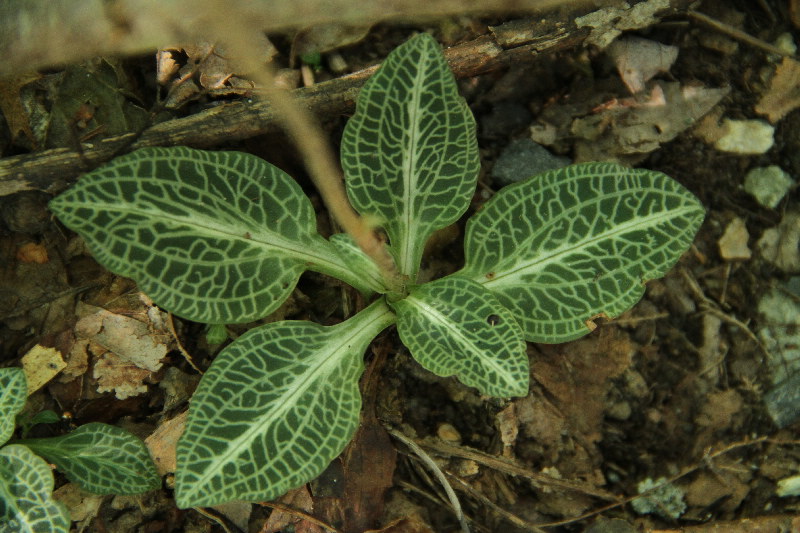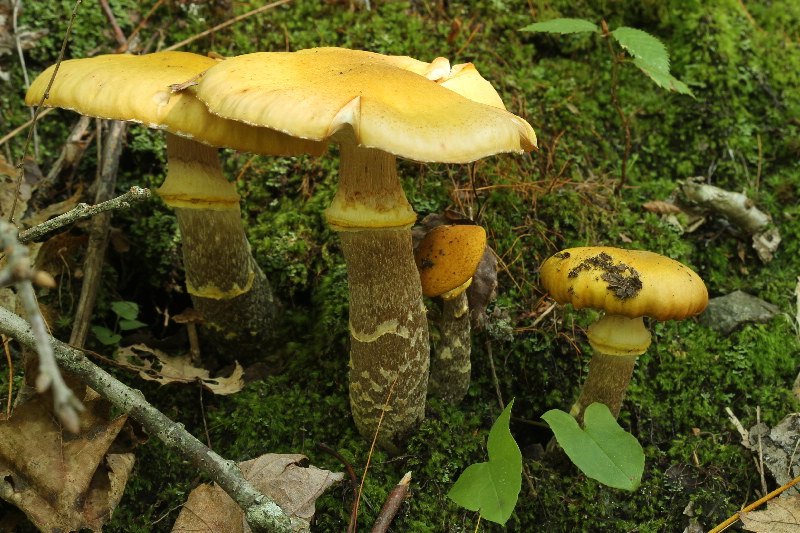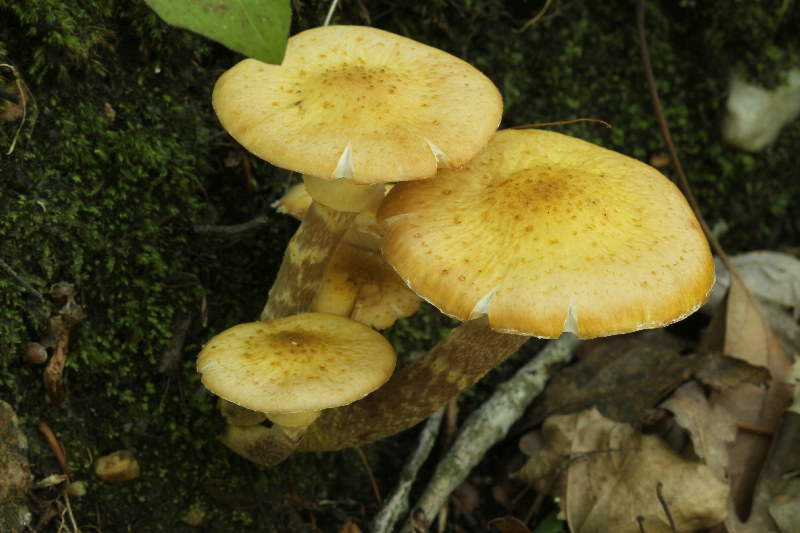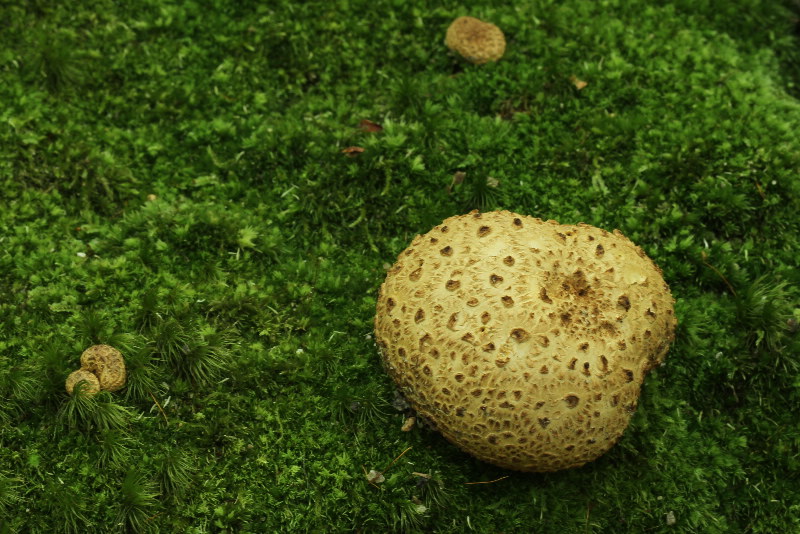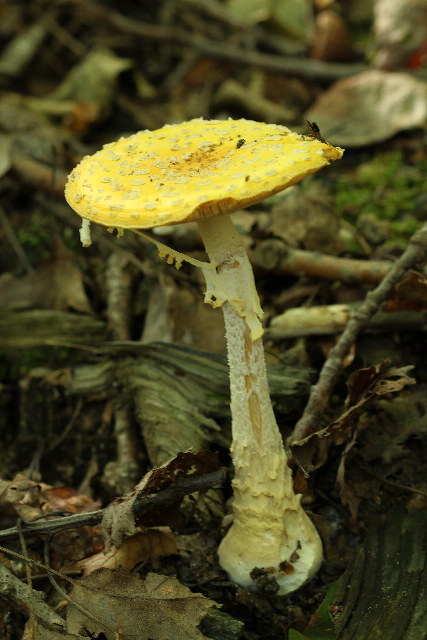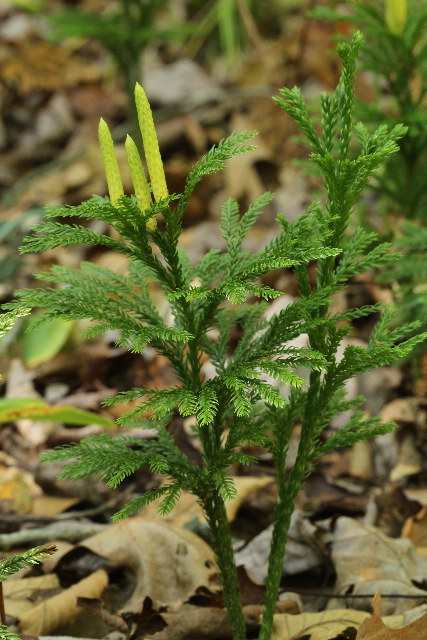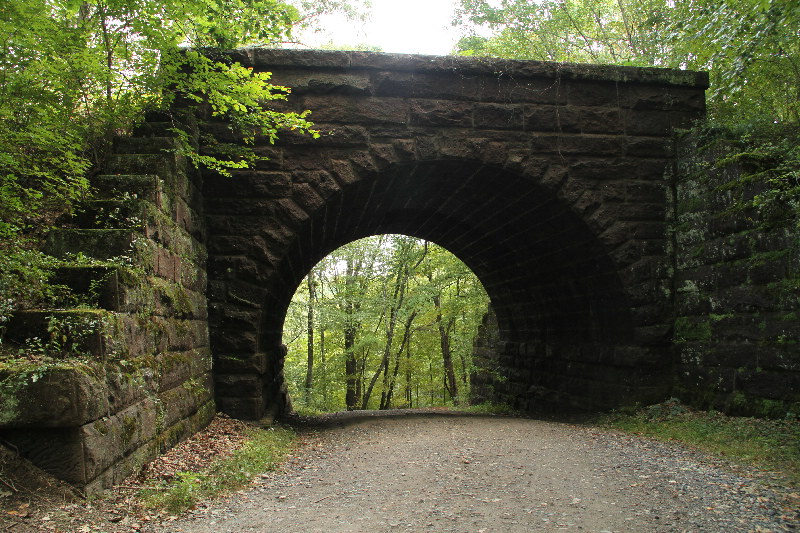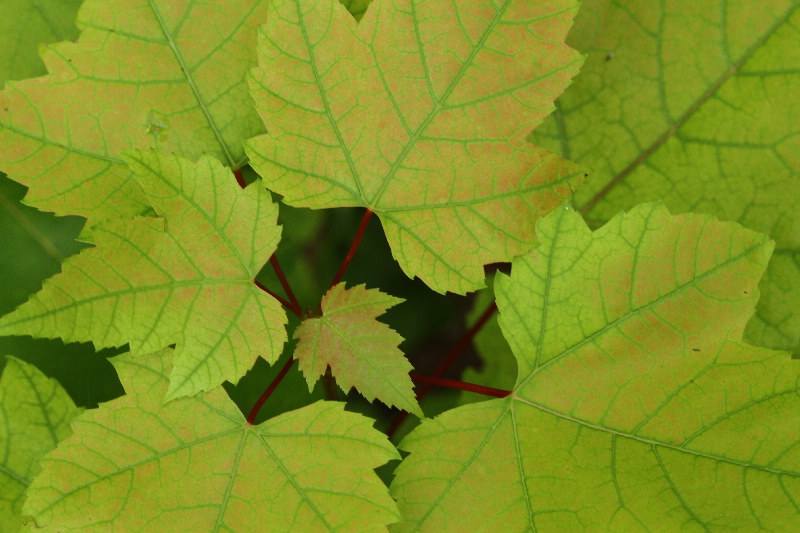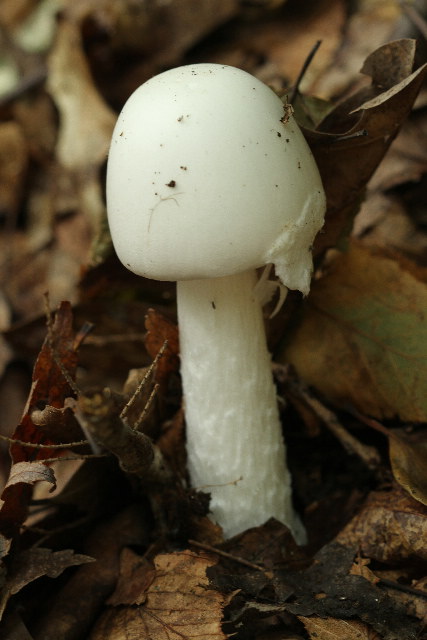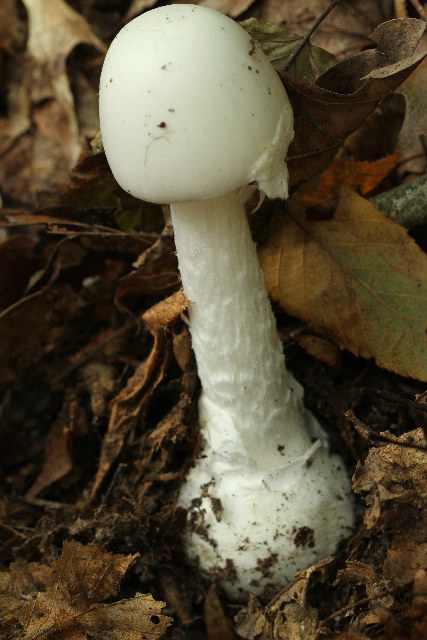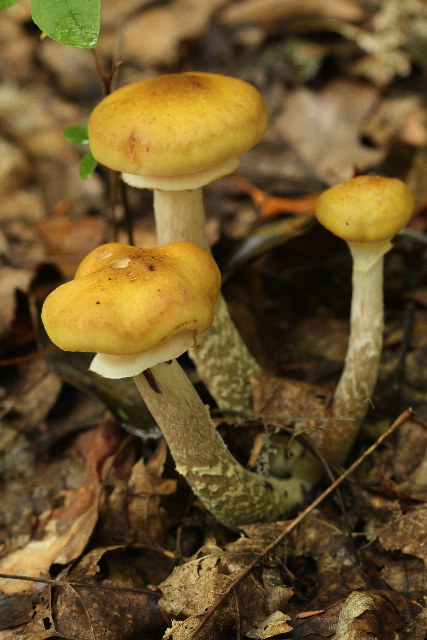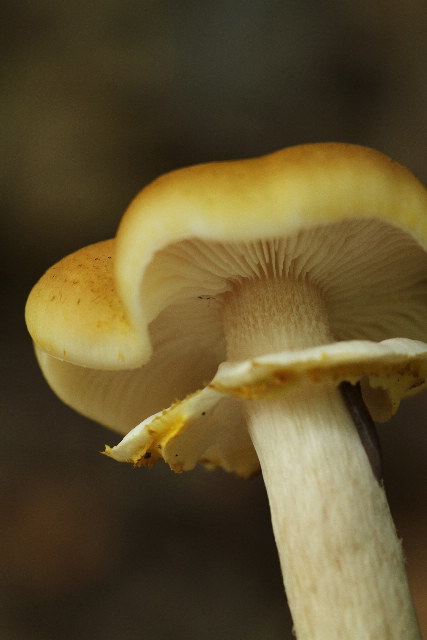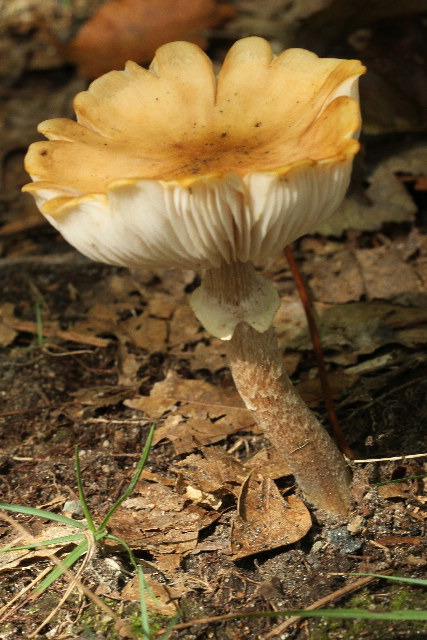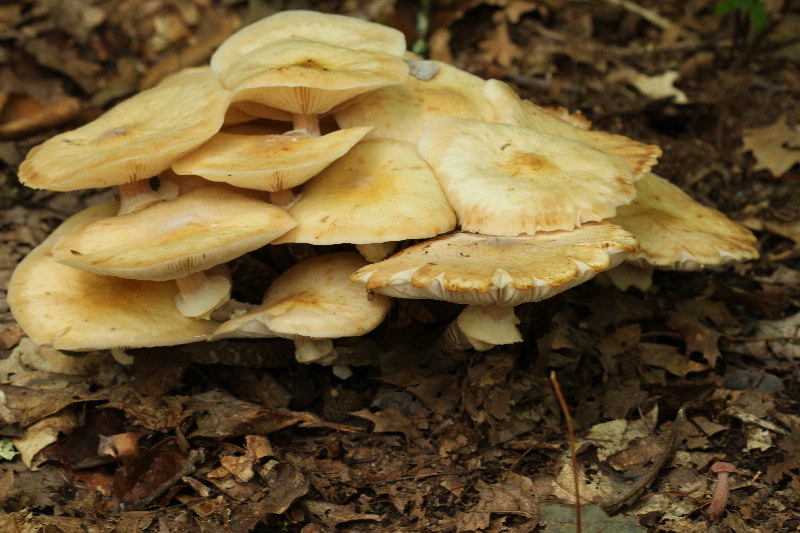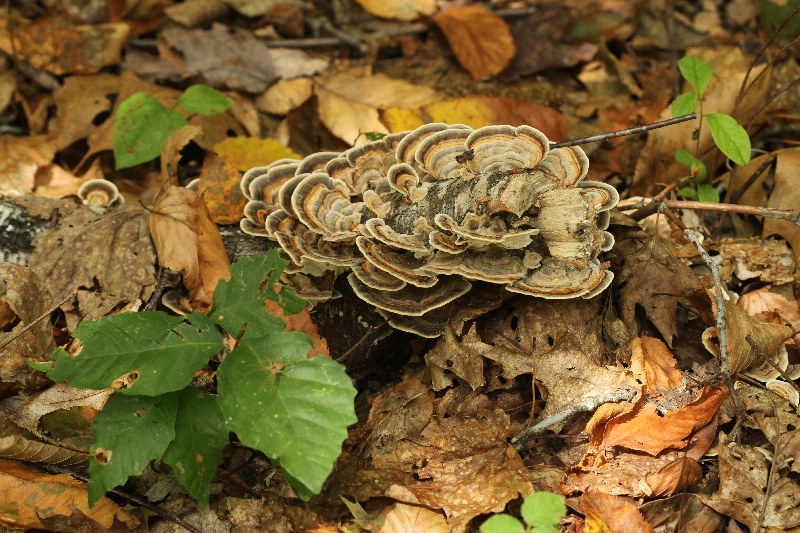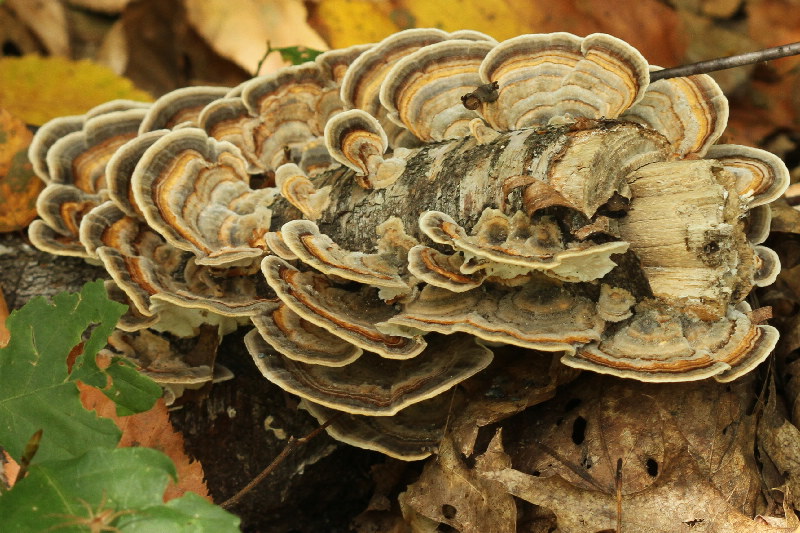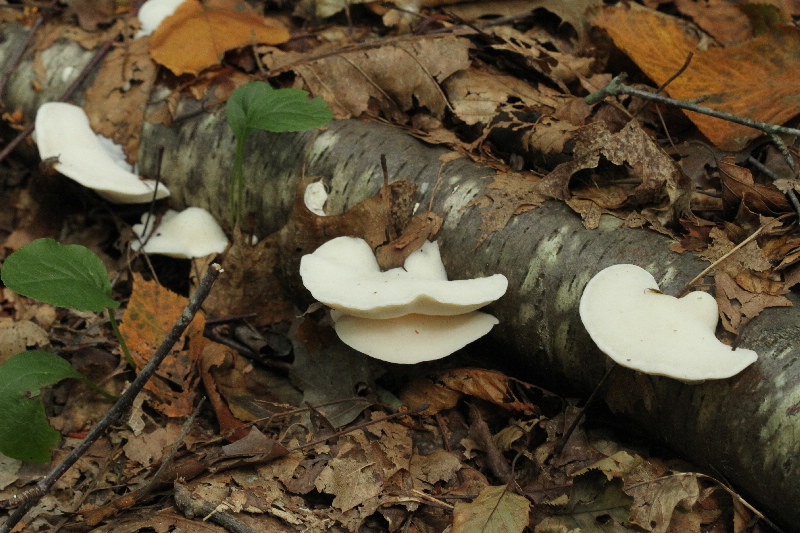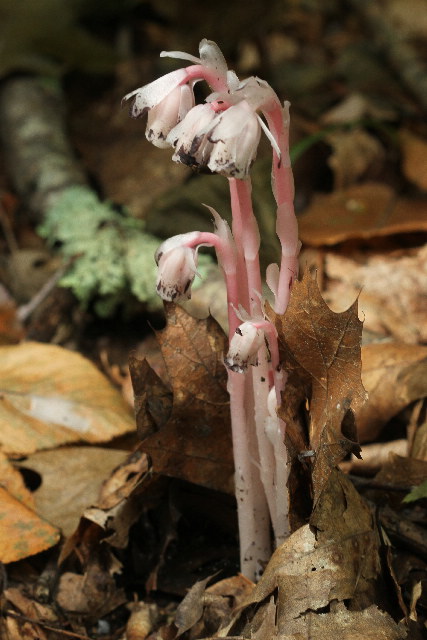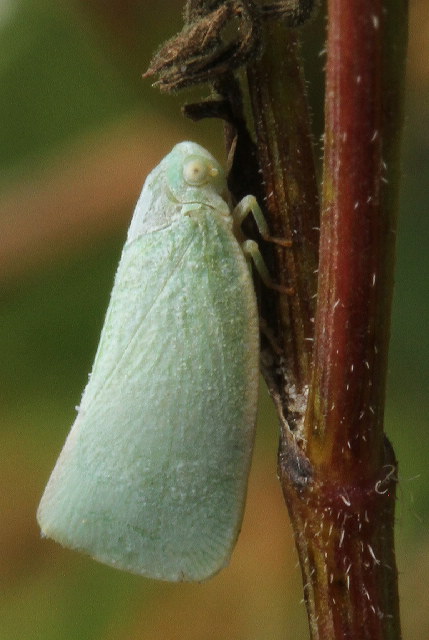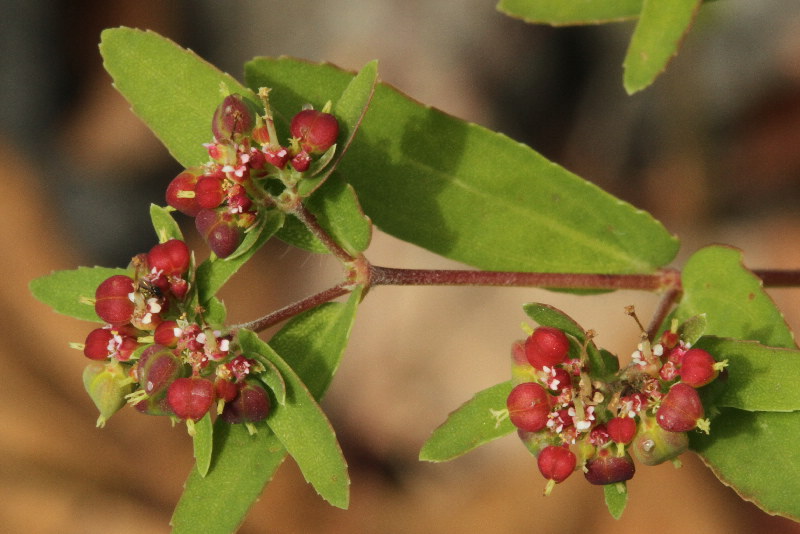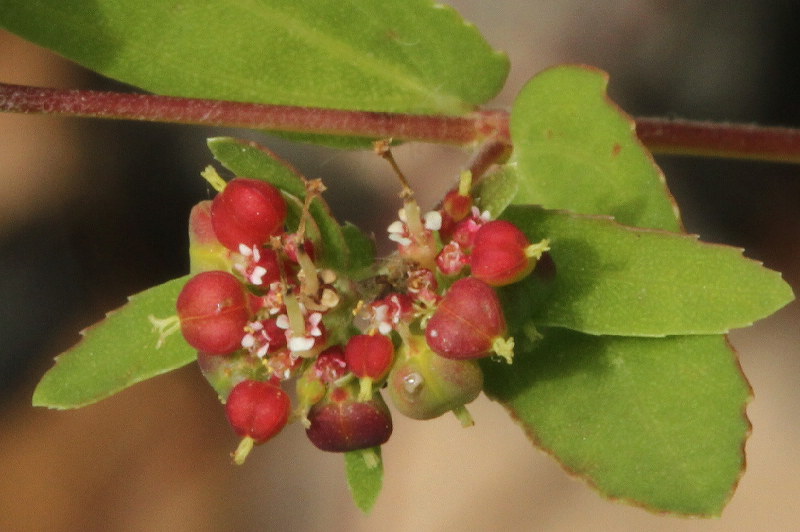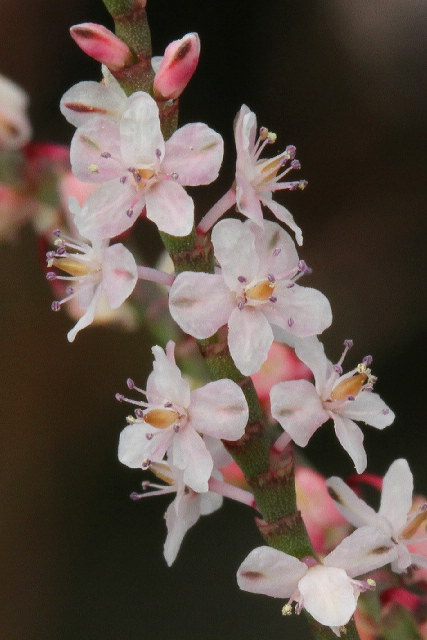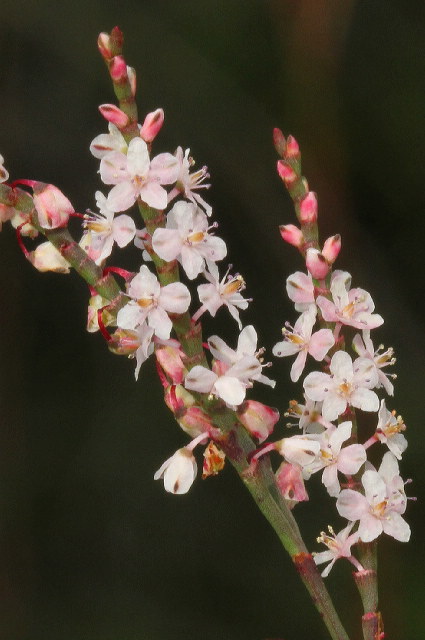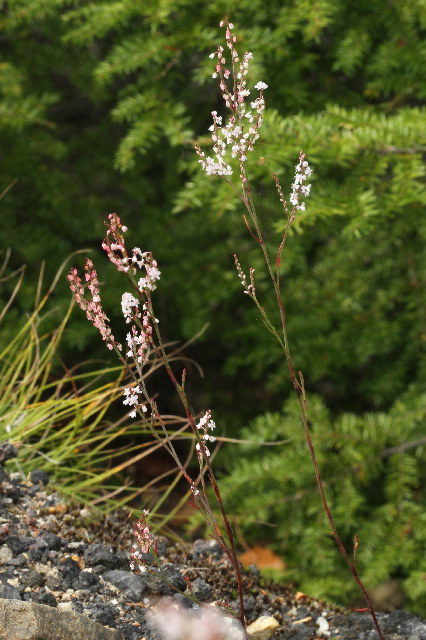Along the Air Line... 2011 - Summer, Part 12 The Air Line Trail in Eastern Connecticut - Stan Malcolm Photos |
mHome Page Stan's FlickR Albums |
September 17th. Another first for the trail, a Jeweled Tailed Slug caterpillar (Packardia geminata). |
|
|
Watch it move! The abdominal prolegs on slug caterpillars (Family Limacodidae) are reduced to medial suckers that give the caterpillars a slug-like appearance and undulating gliding motion. |
Pollen on a last Bull Thistle (Cirsium vulgare). |
|
An Assassin Bug (Family Reduviidae, probably the Spined Assassin Bug, Sinea diadema). Note the spiny grasping front legs. |
Hickory Tussock Moth (Lophocampa caryae). |
September 18th. A walk east from Route 207 to the power lines where beavers have dammed a stream... |
...and built a lodge. |
A side trip north under the lines led me to... |
...a female Meadowhawk dragonfly (Sympetrum sp.)... |
...and some kind of Gerardia, probably Small-flowered Gerardia (Gerardia paupercula). |
A Pickerel Frog (Rana paulustris). |
|
Presumably a Spotted Salamander (Amblystoma maculata). |
Nice patterns in a cut stump. |
Downy Rattlesnake-plantain (Goodyera pubescens), an orchid. |
Hmm, haven't a clue on these mushrooms. Terry Stoleson to the rescue! Thanks to Terry Stoleson of the Connecticut Valley Mycological Society for help with Mushroom identifications on this page. Her IDs and comments are presented below in Bold. Mature Honeys - Armillaria (Armillariella in older books) mellea. |
|
Scleroderma citrinum, the Pigskin Poison Puffball, gray to black interior. Not a true puffball and toxic. |
Amanita muscaria var. formosa, the eastern Fly agaric. |
Tree Clubmoss or Ground Pine (Lycopodium obscurum). |
White Baneberry of "Doll's Eyes" (Actaea pachypoda). |
September 21st. An end of summer walk from River Road to the Lyman Viaduct and back. |
Great color in a Red Maple (Acer rubrum) seedling. |
Fungi were abundant on this woodland stretch of the trail. Amanita virosa, the beautiful but deadly Destroying Angel. |
Amanita species possess a "volva" or universal veil. Remnants can often be found on the mushroom cap and at the base of the stalk where it forms a swollen cup-like structure. |
This, and the next 3 photos, appear to be the same gilled mushroom species, varying in maturity and proximity. They're all Honey Mushrooms Armillaria (Armillariella in older books) mellea. |
|
|
|
Turkey-tail bracket fungi (probably Trametes versicolor). Trametes is correct. |
|
White Cheese Polypore (Tyromyces sp., possibly Tyromyces chioneus). Tyromyces is correct. |
|
Indian Pipes (Monotropa uniflora) come in pink as well as white. |
A Green Stink Bug (Acrosternum hilare). |
A Flatid Planthopper (Family Flatidae). |
A male Nursery-web Spider (Araneae, Family Pisauridae). |
The red ripe fruits and miniscule flowers of... a ground spurge? (Euphorbia sp., but apparently not Euphorbia maculata.) |
|
Another tiny flower, Sand Jointweed (Polygonella articulata). |
|
It grows atop Lyman Viaduct, the only place I've seen it. Even there, it's inconspicuous to the point of near invisibility. |
